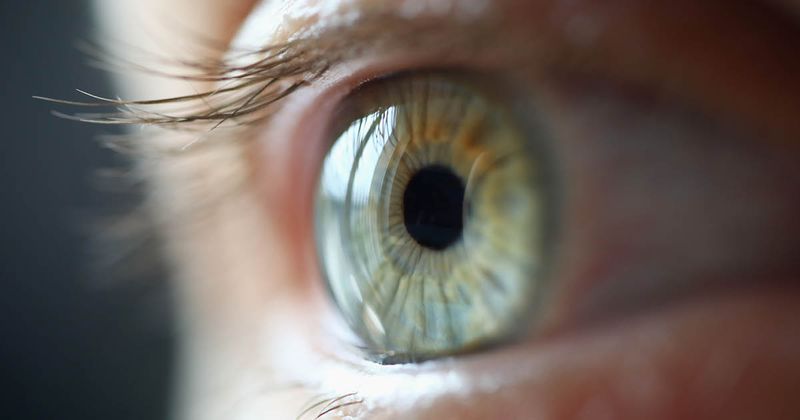Dry eye signs, symptoms reduced with NOV03 in second phase 3 trial
Key takeaways:
- NOV03 reduced both signs and symptoms of dry eye disease associated with meibomian gland dysfunction.
- No serious ocular adverse events were reported.
NOV03 significantly reduced signs and symptoms of dry eye disease associated with meibomian gland dysfunction compared with hypotonic saline, according to a study.
“Excess tear evaporation is a major factor in dry eye disease associated with meibomian gland dysfunction, which remains largely unaddressed,” John D. Sheppard, MD, MMSc, told Healio/OSN. “The publication of these data in American Journal of Ophthalmology further support NOV03 as a potential treatment option to address the signs and symptoms of dry eye disease associated with meibomian gland dysfunction.”

The randomized, double-masked, controlled phase 3 MOJAVE trial was designed to investigate the safety and efficacy of NOV03 eye drop (perfluorohexyloctane, Bausch + Lomb and Novaliq) as a treatment for dry eye disease (DED) associated with meibomian gland dysfunction compared with hypotonic saline. Of the 620 participants in the study, 311 received NOV03 and 309 received hypotonic saline (0.6%) four times daily for 8 weeks.
NOV03 demonstrated greater improvements in both total corneal fluorescein staining and visual analog scale eye dryness, the primary sign and symptom endpoints, at week 8 from baseline compared with saline control. NOV03 also met key secondary endpoints involving burning/stinging and central corneal fluorescein staining.

These results are important because no other currently approved prescription therapy has shown consistent benefits for both signs and symptoms of DED, which NOV03 has demonstrated in multiple trials, the authors wrote.
According to Sheppard, directly targeting evaporation as a source of DED signs and symptoms “could help break the cycle of chronic disease and help restore ocular surface homeostasis.”
No ocular adverse events experienced by any of the participants were considered serious, and no clinically meaningful safety concerns were observed.
“These data are consistent with the results seen in the first phase 3 trial (GOBI) and further support NOV03 as a new potential therapy designed to alleviate the signs and symptoms of dry eye disease associated with meibomian gland dysfunction,” Sheppard said. “We anticipate new topline data later this year from the KALAHARI 12-month safety extension trial.”
The prescription drug user fee act action date for NOV03 is June 28.
